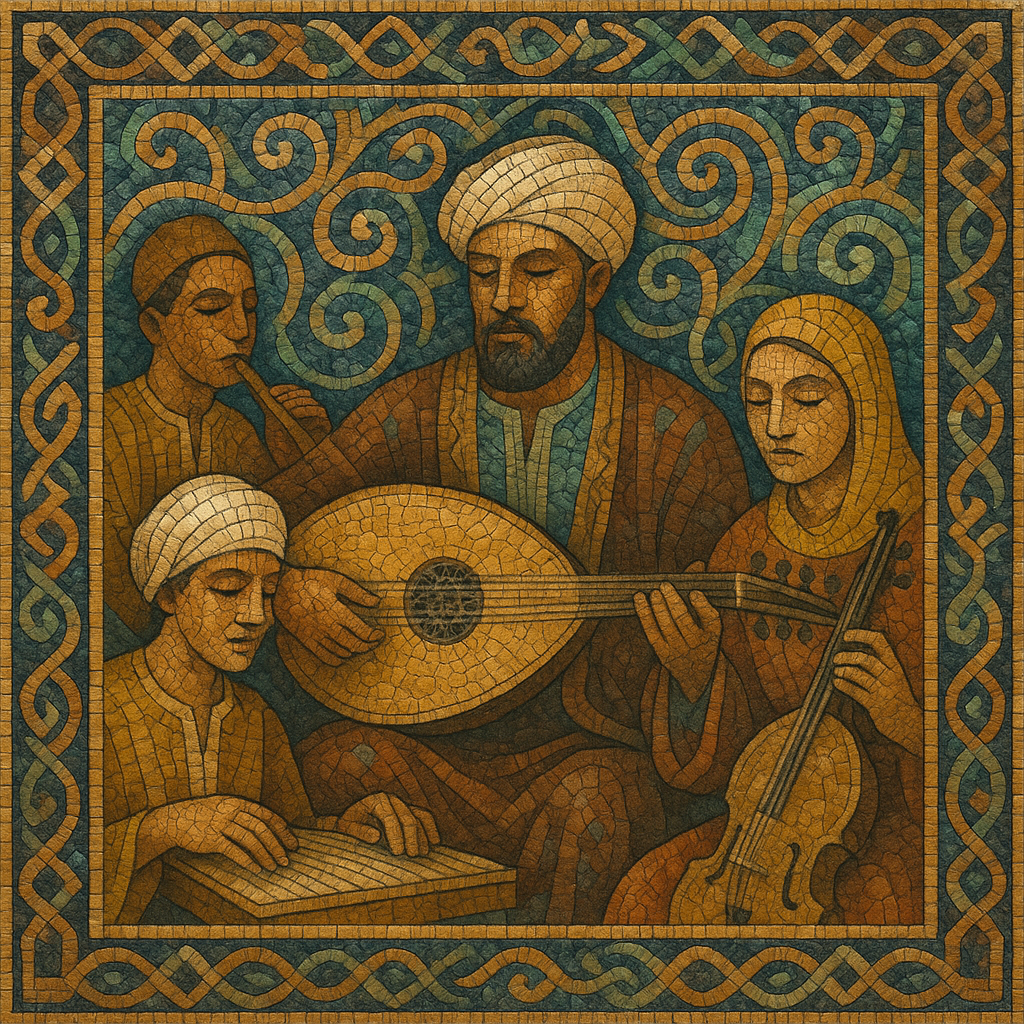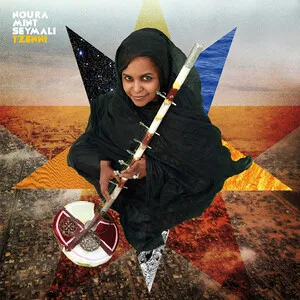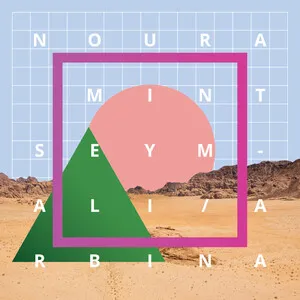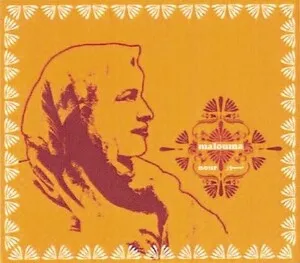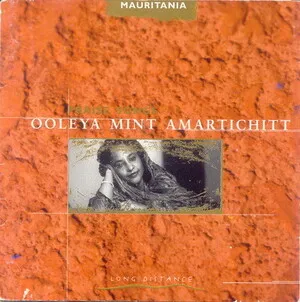Moorish music refers to the musical traditions that developed under the Moors in al-Andalus (medieval Islamic Iberia) and then took root across the Maghreb after the diaspora of Andalusi communities. It fuses Arabic and Amazigh (Berber) musical practices with Iberian poetic and performance forms, yielding a refined courtly repertoire and urban art music.
Its core is modal (maqām-based) melody, ornate melismatic singing, and cyclic rhythms (īqāʿāt) organized into long multi-movement suites known as nūba. Performance is typically heterophonic, with voices and instruments ornamenting the same line in subtly different ways. Poetic forms such as the muwashshaḥ and zajal provide strophic, metrically intricate texts that shape phrasing and musical rhetoric.
Typical instruments include the ʿūd (lute), qanun (zither), rabāb/violin (kamanja), ney (end-blown flute), and frame or goblet drums (riqq, darbuka, tar), often supported by a full Andalusi orchestra in North Africa. The result is an elegant, meditative, and emotionally nuanced sound that bridges medieval Iberia and the Maghreb.
Moorish music crystallized in al-Andalus during the 800s–900s, when musicians and scholars from the eastern Islamic world brought modal theory, instruments, and repertories to Iberia. The legendary polymath-performer Ziryab (fl. 9th c., Córdoba) is traditionally credited with systematizing courtly performance, expanding modal practice, refining etiquette, and laying the foundations of the nūba suite. Iberian poetic innovations—especially the muwashshaḥ and the vernacular zajal—intertwined with Arabic and Amazigh melodic-rhythmic practices to form a distinct Andalusi idiom.
As political centers shifted within al-Andalus, the music continued to evolve in courts and urban guilds. Repertoires were codified as cycles of nūba associated with specific modes and rhythmic progressions. Treatises circulating across the western Islamic world preserved modal concepts, rhythmic cycles (īqāʿāt), and performance norms.
Following the fall of Granada and subsequent Morisco expulsions, Andalusi communities resettled across the Maghreb (present-day Morocco, Algeria, Tunisia). There, the tradition thrived under new patronage, yielding regional schools: al-āla in Morocco (Fès, Tétouan, Rabat), gharnāṭī in Oran/Tlemcen, and maʿlūf in Constantine/Tunis. Ensembles formalized instrumentation and pedagogy, and conservatories and learned societies safeguarded repertories of nūba.
In the 1900s, cultural institutions (e.g., La Rachidia in Tunis) and conservatories in Fès and Tlemcen professionalized training and documentation. Recordings, festivals, and orchestras popularized the repertoire internationally. Contemporary masters and ensembles continue to teach, restore, and reinterpret nūba, while related urban genres (e.g., Maghrebi chaabi) and even Spanish flamenco reflect long arcs of Moorish-Andalusi influence.
Choose a maqām (mode) typical of the Andalusi/Maghrebi repertoire and map its scale, characteristic intervals, and cadential tones. Plan gentle modulations to closely related modes within a suite to mirror traditional practice.
Select fixed rhythmic cycles—such as 6/8, 8/8, or 10/8 patterns—and repeat them with subtle variation across sections. Use rhythmic progression from slower, dignified meters to lighter, dance-like cycles across movements to emulate a nūba’s architecture.
Structure a multi-movement suite that moves from contemplative, ornamented vocal sections to increasingly lively pieces. Interleave instrumental preludes (istikhbār/taqsīm-style improvisations) with strophic songs (muwashshaḥ/zajal) to balance virtuosity and poetry.
Write singable, melismatic melodies with turns, slides, and micro-ornaments. Employ heterophony: have voice and instruments render the same line with independent embellishment. Use call-and-response between soloist and chorus or between melody instruments.
Score for ʿūd, qanun, kamanja/violin, rabāb, ney, and frame/goblet drums (riqq, darbuka, tar). Consider supplementing with cello/contrabass in modern Andalusi orchestras to deepen the bass. Keep percussion refined and textural rather than overpowering.
Set classical Arabic or Andalusi dialect poetry in muwashshaḥ or zajal forms. Align musical phrasing with poetic meter and rhyme, allowing cadences to underline key semantic turns. Favor themes of love, nature, learning, and spiritual reflection.
Begin with an unmeasured modal prelude (istikhbār/taqsīm) to establish mode and mood. Maintain balanced ensemble dynamics, clear cadences, and tasteful ornamentation. Aim for an expressive, dignified affect throughout the suite.

